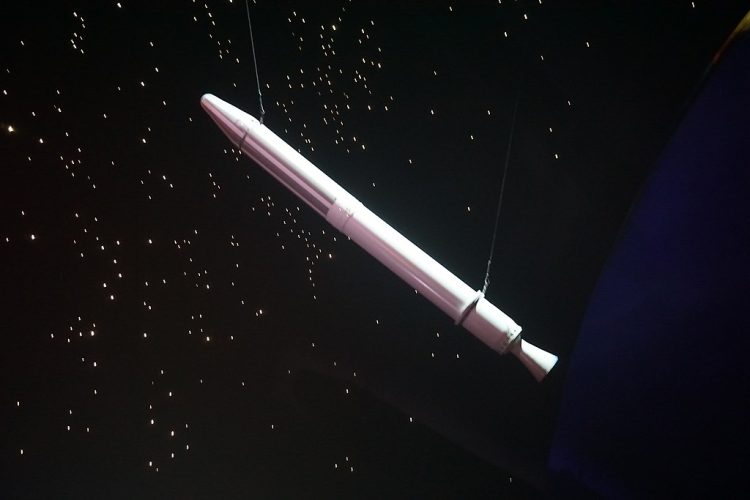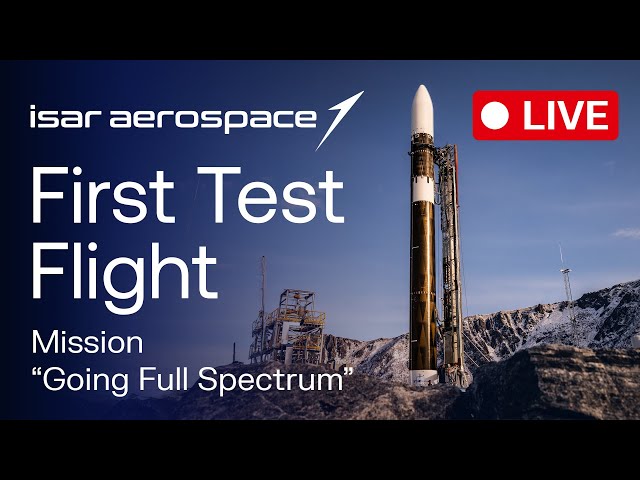Introduction
The Explorer 1 satellite was the first satellite of the United States, launched on January 31, 1958. It marked the beginning of the Space Age for the United States and opened up new possibilities for scientific research. This article will explore the history, significance, and scientific discoveries made by Explorer 1.
History
The Explorer 1 satellite was designed and built by the Jet Propulsion Laboratory (JPL) in collaboration with the Army Ballistic Missile Agency (ABMA). Its development was a response to the successful launch of the Soviet Union’s Sputnik 1, the first artificial satellite, on October 4, 1957.
With the launch of Sputnik 1, the United States realized that it needed to catch up and demonstrate its own capabilities in space. The Army Ballistic Missile Agency proposed the idea of launching a scientific satellite into orbit, and the Jet Propulsion Laboratory was tasked with building it.
Design and Launch
The Explorer 1 satellite had a cylindrical shape, measuring 203 cm in length and 15 cm in diameter. It weighed approximately 13.37 kilograms. The satellite was equipped with scientific instruments, including a cosmic ray detector developed by Dr. James Van Allen, which would later make a significant discovery.
On January 31, 1958, Explorer 1 was launched from Cape Canaveral, Florida, aboard the Jupiter C rocket. The launch was a success, and the satellite entered an elliptical orbit around the Earth. Explorer 1 became the first U.S. satellite to successfully reach orbit.
Scientific Discoveries
One of the most significant scientific discoveries made by Explorer 1 was the detection of the Van Allen radiation belts. The cosmic ray detector on board the satellite recorded high levels of radiation in the form of charged particles trapped in two doughnut-shaped regions around the Earth.
This discovery provided valuable insights into the Earth’s magnetic field and the nature of space radiation. It also opened up new areas of study in space physics and helped pave the way for further space exploration.
Legacy
The success of Explorer 1 marked the beginning of the Explorer program, which eventually launched more than 90 satellites over the years. These satellites contributed to numerous scientific discoveries and advancements in various fields, including atmospheric studies, astronomy, and planetary exploration.
Explorer 1 also played a pivotal role in the establishment of NASA (National Aeronautics and Space Administration) in 1958. The successful launch of Explorer 1 helped the United States regain confidence and compete with the Soviet Union in the Space Race.
Conclusion
The Explorer 1 satellite was a groundbreaking achievement for the United States. Its successful launch and scientific discoveries paved the way for future space exploration and contributed to our understanding of the Earth’s magnetic field and space radiation. Explorer 1 will always be remembered as the satellite that jump-started the U.S. space program and opened up new possibilities for scientific research.









